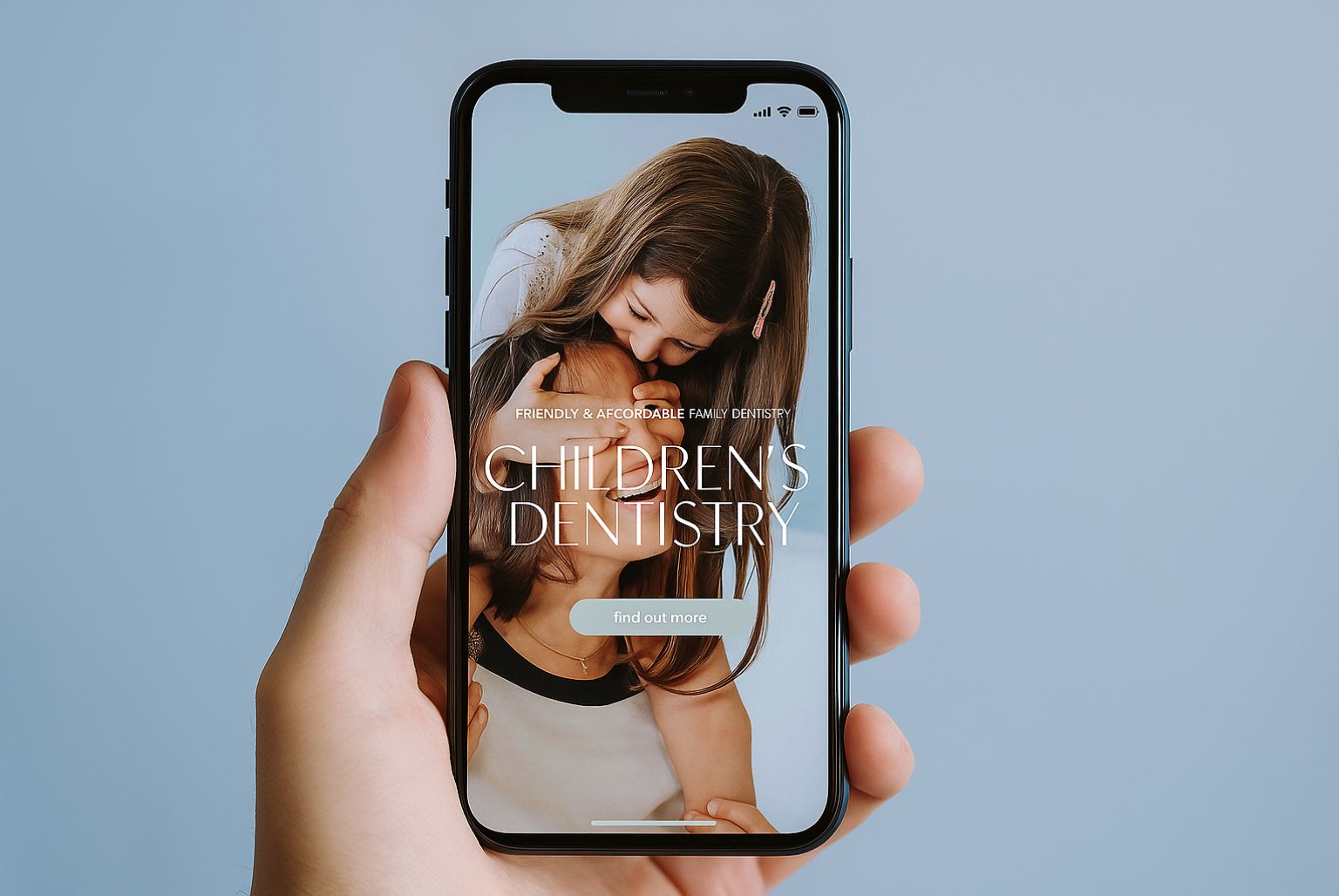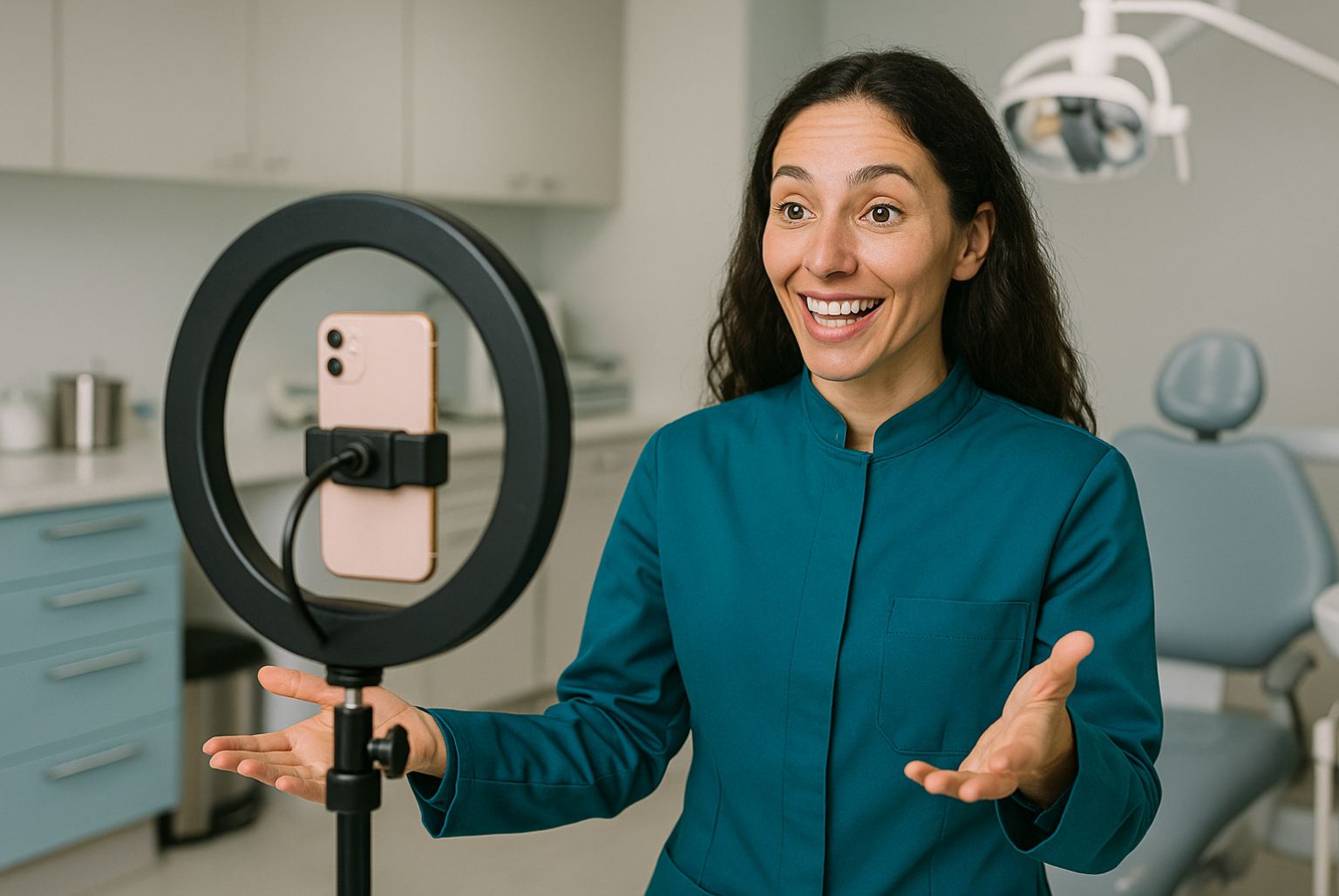If your dental clinic isn’t showing up when someone nearby Googles “Invisalign near me” or “private dentist [your town],” then you’re not just missing traffic — you’re missing patients.
Search engine optimisation (SEO) isn’t just for big businesses or e-commerce sites. In fact, for dental practices, local SEO can be the single most effective way to generate high-intent, local enquiries from people actively looking for treatment.
But where do you start?
If SEO feels overwhelming, confusing, or “not your thing,” this checklist is for you. It breaks down what really matters — and what you can ignore — so you can stop relying on word of mouth alone and start owning your online visibility.
Why Local SEO Matters More Than Ever
Most people don’t ask friends for dentist recommendations anymore. They Google it.
According to Google, 76% of people who search for a local service on their phone visit a business within 24 hours — and over a quarter make a booking or purchase.
That means if you’re not appearing in local search results, you’re invisible to a huge portion of potential patients — even if your clinic is right around the corner.
Your Dental SEO Checklist
Here’s the checklist we use when auditing and building local SEO strategies for dental clients.
1. Google Business Profile Is Fully Optimised
Your Google Business Profile (formerly Google My Business) is the foundation of your local SEO. It’s what shows up in map results, local packs, and even voice search.
Key checks:
- Business name, address, phone (NAP) are accurate and match your website
- Services listed clearly (e.g. Invisalign, teeth whitening, emergency care)
- High-quality photos of your practice and team
- Opening hours kept up to date
- Real reviews — and regular responses
Bonus tip: Post updates to your profile every week. Offers, news, or blog links help signal activity to Google.
2. Location Pages on Your Website
If you serve more than one area — or if you’re in a competitive city — you need dedicated location pages.
For example:
- /dentist-nottingham
- /dental-implants-derby
- /emergency-dentist-leicester
Each page should have:
- Unique copy (don’t copy-paste the same template)
- References to nearby landmarks or neighbourhoods
- Testimonials from local patients (if available)
This helps Google associate your site with specific search locations — not just your postcode.
3. On-Page SEO Essentials Are in Place
Every page on your site — especially treatment pages — should be optimised. Here’s a quick mini-checklist:
- One primary keyword per page (e.g. “Invisalign Nottingham”)
- Keyword in the page title and meta description
- Clear H1 heading that includes the target phrase
- Copy that includes related phrases naturally (e.g. “teeth straightening,” “clear aligners”)
- Internal links to relevant blog posts or services
- Fast load times (under 3 seconds)
Avoid keyword stuffing — Google is smarter than that. Write for humans first, then tweak for SEO.
4. Mobile-Friendly, Fast Website
SEO is no longer just about keywords — it’s about user experience. Google now uses mobile-first indexing, meaning it prioritises how your site performs on phones.
Make sure your site is:
- Fully responsive
- Easy to navigate with a thumb (menus, buttons)
- Quick to load (especially on mobile data)
- Free of pop-ups that block content
If your mobile site frustrates visitors, Google will push you down the rankings — simple as that.
5. Consistent Citations Across the Web
Your practice should be listed on trusted directories, and the information should match exactly (down to commas and abbreviations).
Key directories:
- NHS Find a Dentist (if applicable)
- Yell.com
- Bing Places
- Yelp
- Local directories for your city or county
Inconsistent listings confuse search engines and hurt trust. Tools like BrightLocal can help track and fix these easily.
6. Fresh, Relevant Content (Blog + Updates)
Yes, blogs still matter — especially when they’re written for the right reasons.
Regular blog content helps you:
- Target long-tail keywords (e.g. “How long does Invisalign take?”)
- Answer patient questions (which improves time-on-site)
- Show Google that your site is active and authoritative
Not sure what to write about? Start with your FAQs. Every question you answer in the clinic is a potential blog title.
7. Real Reviews — And Responses
Patient reviews don’t just build trust — they influence your rankings.
Tips:
- Ask for reviews after successful treatments or check-ups
- Send links via SMS or email to make it easy
- Respond to every review, good or bad, professionally and promptly
- Don’t use generic responses — personalise them where possible
And no, you don’t need 1,000 reviews. Just authentic, recent, and positive ones — consistently.
8. Schema Markup (For the Nerdy Bit That Matters)
Schema is structured data that helps search engines understand your site better. Think of it as extra context.
For dental clinics, this might include:
- Opening hours
- Reviews
- Services
- Business type
If you’ve ever seen search results with stars, opening times, or FAQs listed underneath, that’s schema at work. Your web team (or agency) should have this implemented.
9. Track Performance — Don’t Guess
SEO can feel like a black box unless you have data.
At minimum, make sure you’re using:
- Google Analytics to track traffic and behaviour
- Google Search Console to monitor search performance and keyword rankings
- Monthly or quarterly reports that show changes over time
That way, you’re not just doing “SEO” — you’re learning what’s working.




